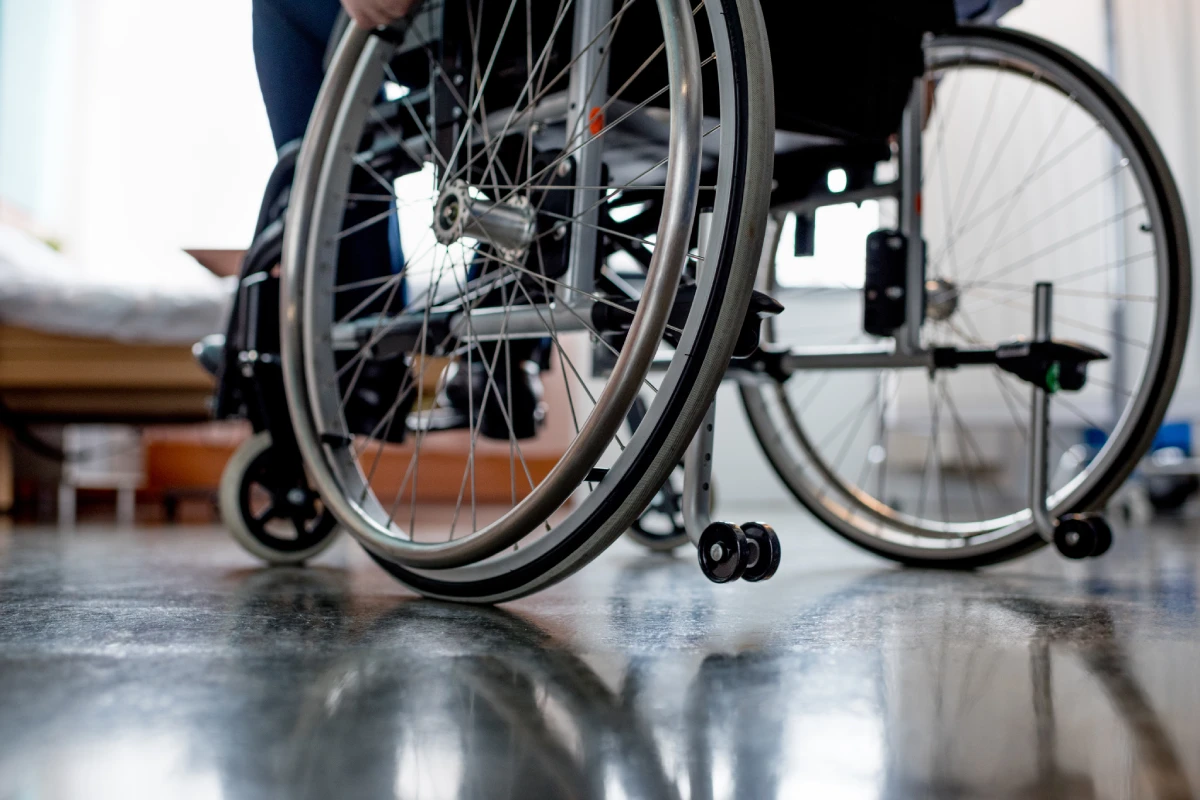Psoriasis is a chronic immune system disease that impacts an estimated 7.5 million Americans, according to the National Psoriasis Foundation. Social Security disability benefits may be available to those whose psoriasis – or psoriatic arthritis – is severe enough to limit their ability to work and earn income.
The disability application process is time-consuming and can be a challenge, especially for first-time applicants. You must prove your skin disorder and immune disorder prevent you from being able to work. It is not unusual for the Social Security Administration to deny an application based on insufficient or incomplete medical evidence.
The Disability Benefits Application Process – Getting Started
You have two options for Social Security disability benefits: Supplemental Security Income (SSI) or Social Security Disability Insurance (SSDI). Understanding these programs will help you better understand which is most appropriate for your circumstances. SSI is a needs-based benefit and is offered only to those with limited financial resources. SSDI is based on your work history. To qualify, you must prove you have earned sufficient work credits.
The application and approval process can take months or more than a year, depending on the backlog of applications. The National Psoriasis Foundation recommends starting early – when it becomes clear the condition will make employment impossible – instead of waiting until financial resources are depleted.
The Social Security Administration (SSA) requires substantial evidence to approve a disability benefits application. It will evaluate your medical records and doctor statements against the criteria outlined in the SSA’s Listing of Impairments. It will look for evidence of symptoms like extensive lesions and your condition failing to respond to three or more months of prescriptive care.
The SSA also will want to see evidence relating to:
- When the condition arose and how long it has impacted your life
- The location, size and appearance of skin lesions
- Family history of disease (if applicable)
- Laboratory results that verify the extent of the condition (blood tests, biopsies and so on).
Evidence must originate from qualified resources, such as medical doctors and hospitals. The SSA will evaluate your condition based on the severity of your skin lesions and flare-ups, as well as your body’s response to treatments.
Steps You Can Take to Improve Your Application for Disability Benefits
While the application process is long, challenging and tedious, there are steps that can help bolster a claim. Below are a few things you can do to strengthen your application:
- Keep records of everything submitted to the SSA as part of your disability application;
- Respond promptly to all communication from the SSA, including letters about hearings or medical inquiries; understand your own condition and keep thorough health records, including doctor contact information and copies of medical records
- Detail how psoriasis affects your daily life and how it has affected you emotionally (depression, anxiety, social withdrawal, etc.)
- Talk to your doctors about what you experience.
The National Psoriasis Foundation recommends working with a disability advocate, such as a disability attorney. Learn more about your options by calling Rob Levine – 800-742-3920.






